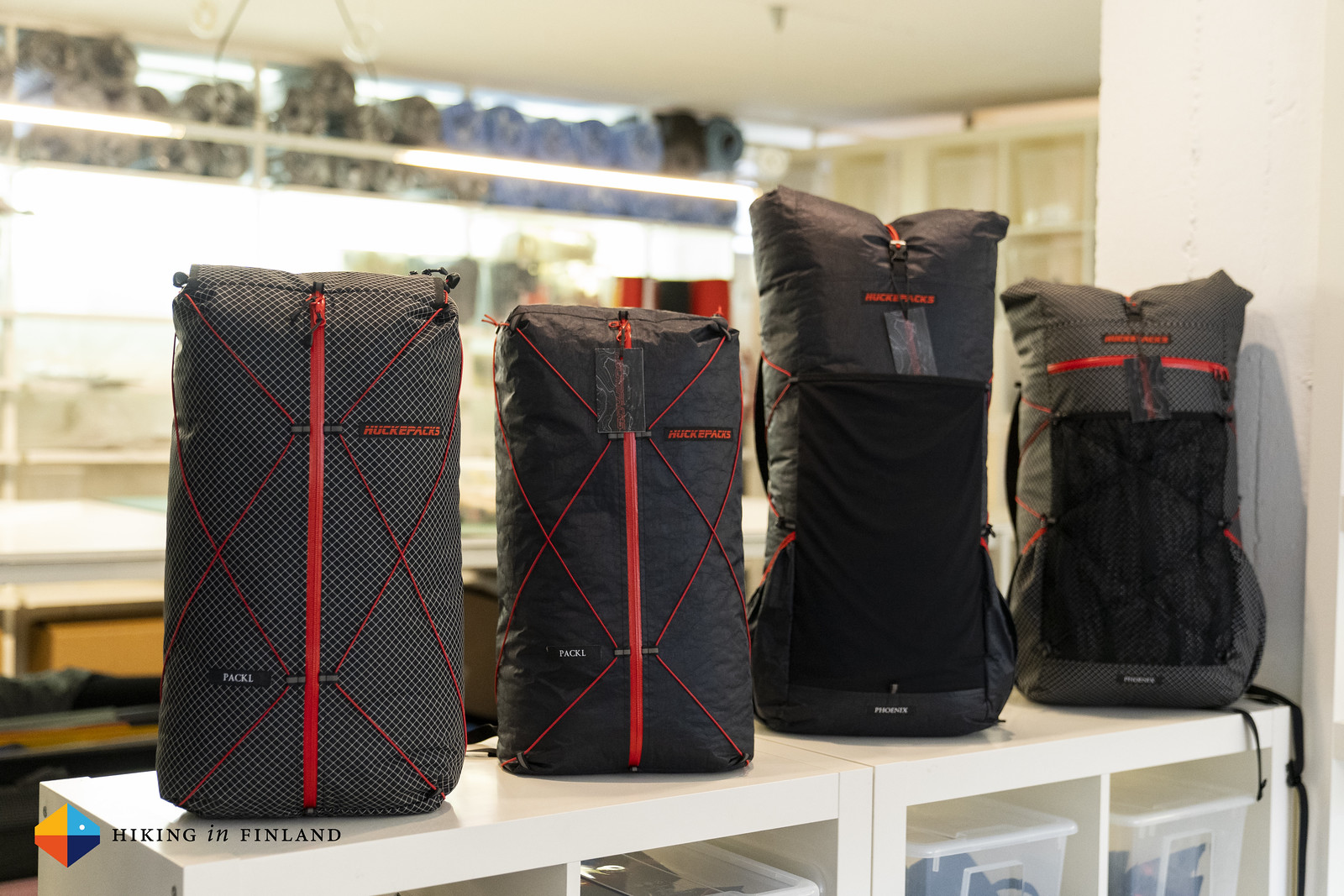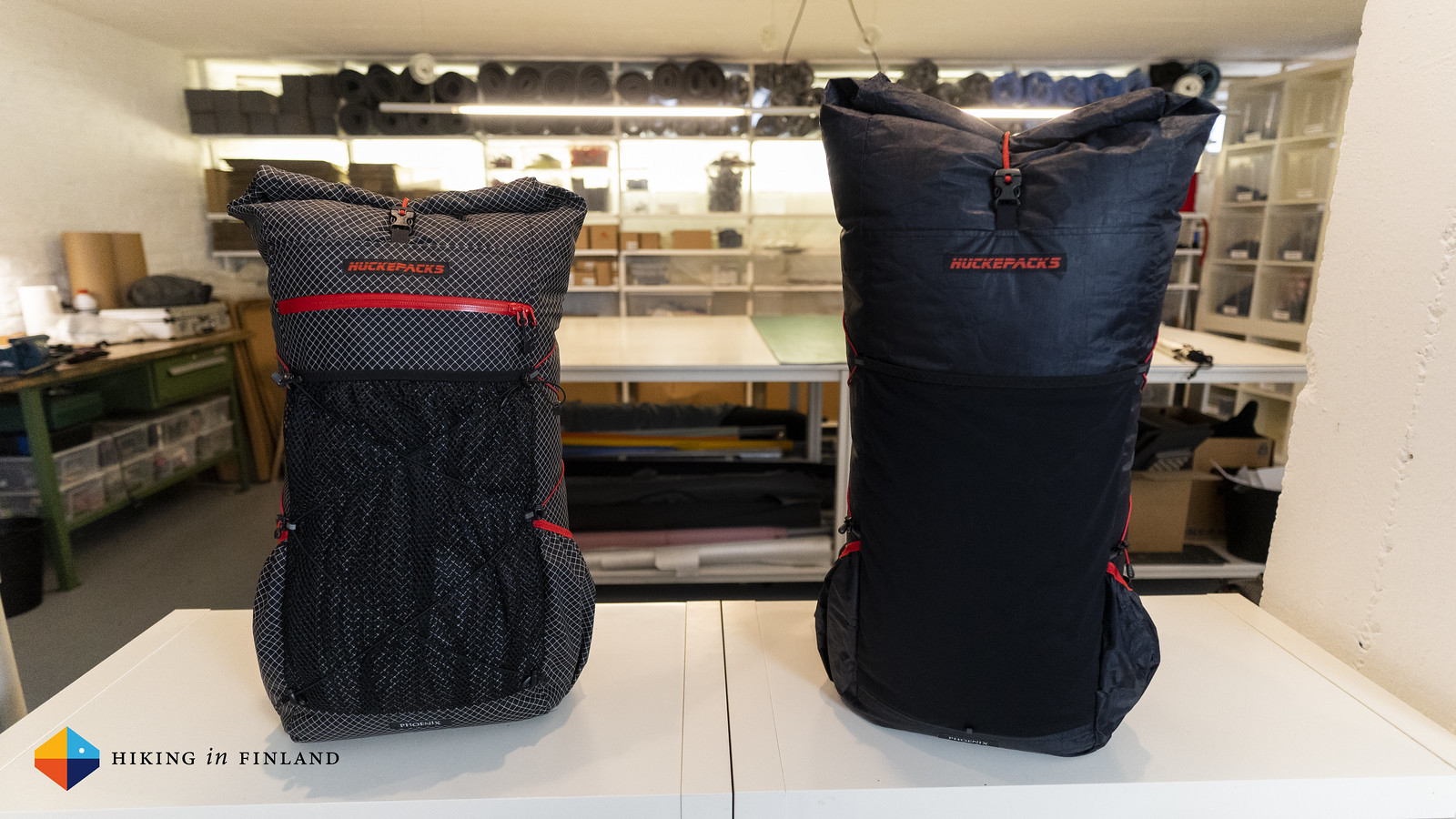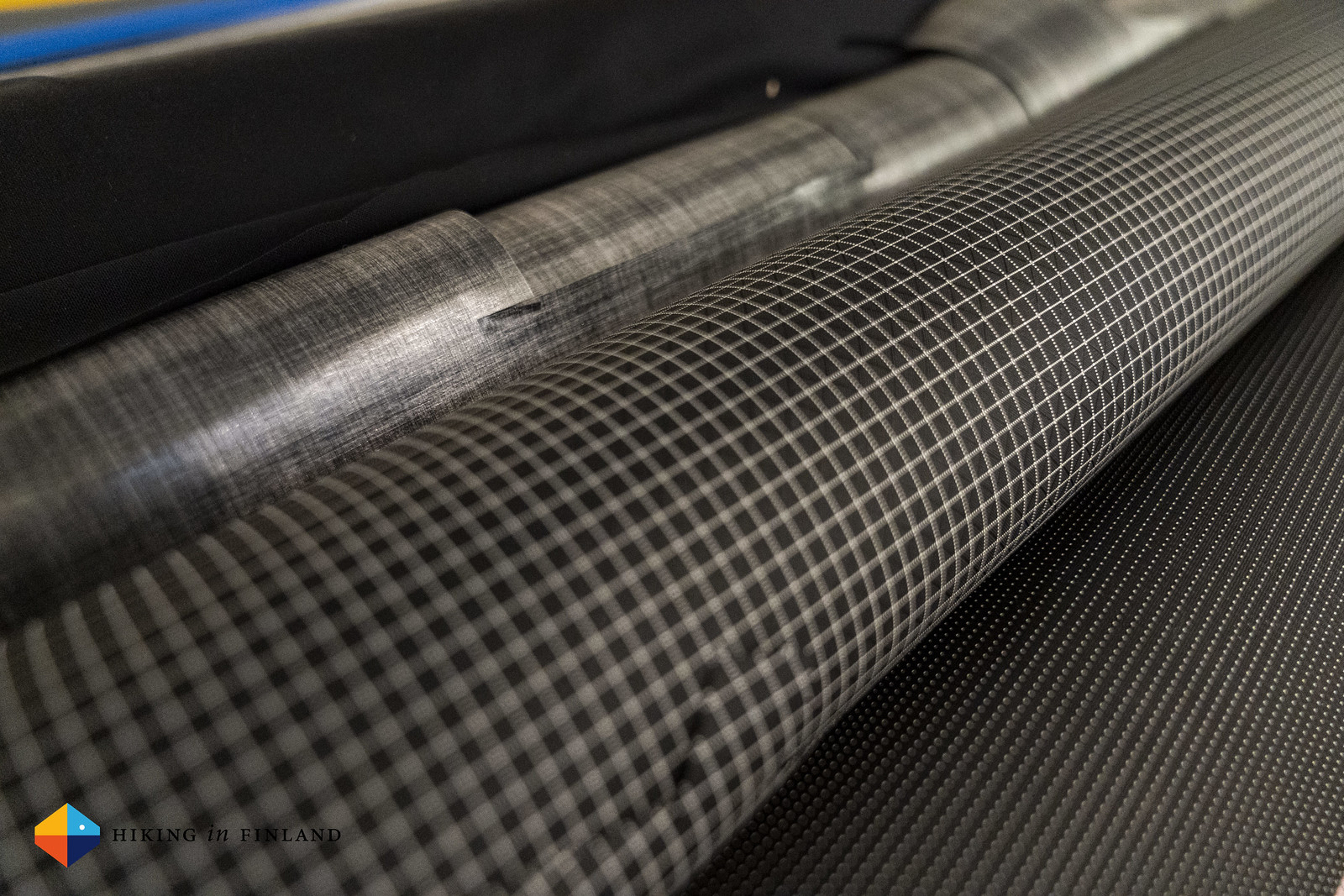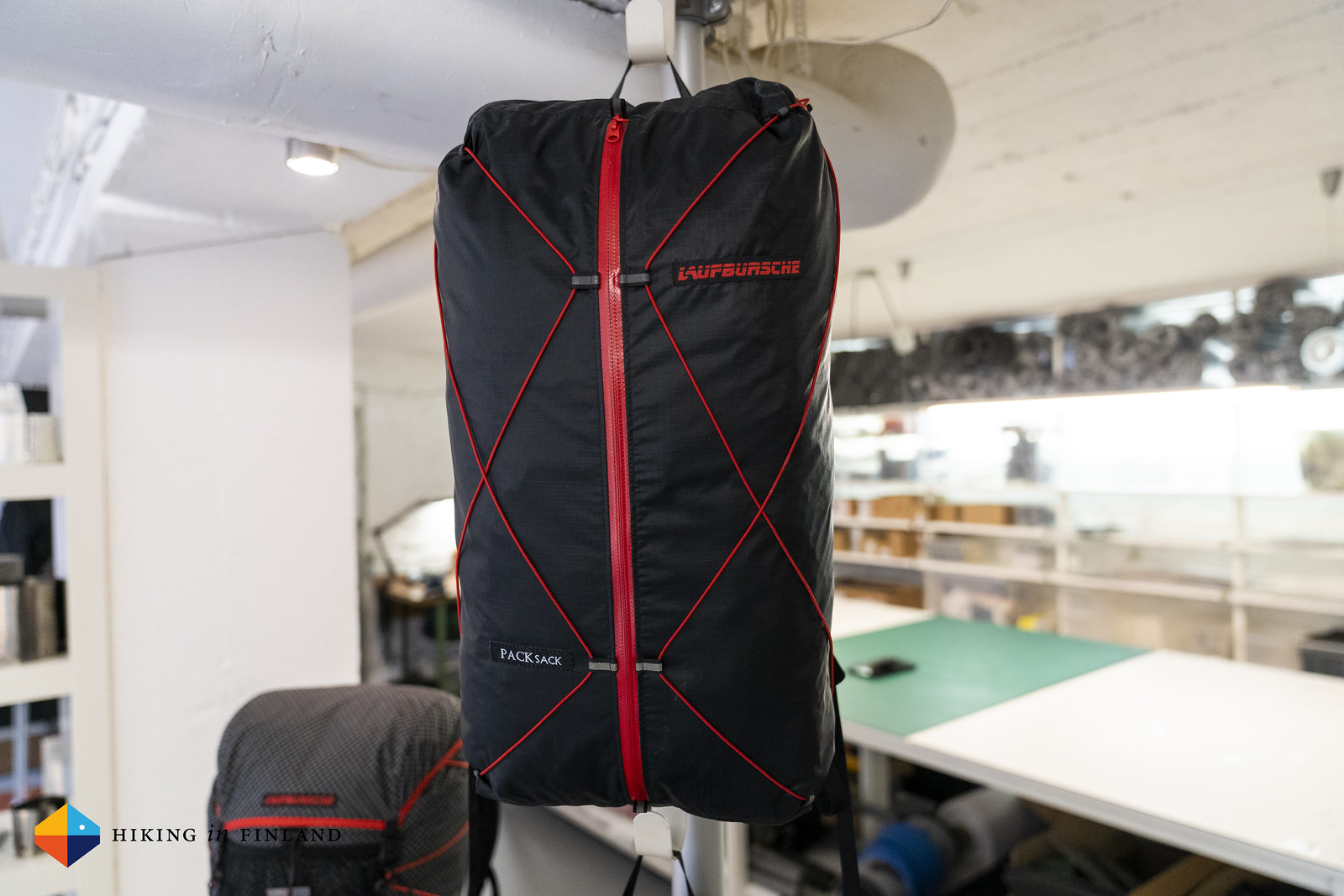by Todd Walker

I think I now understand why so many pioneer log cabins had packed dirt floors.
Ease of construction may have been the #1 reason. Lacking dimensional lumber, time, and labor, a dirt floor was an easy solution. You weren’t necessarily poor, but the term, “dirt poor”, stuck. Believe it or not, there’s a growing number of wealthy folk returning to earthen floors.
With my self-reliance on trial, I wanted a wooden floor for my little log cabin in the woods… complete with a front porch overlooking the creek. As promised in our last article, here’s what I came up with for my budget floor support system.
Round Log Floor Joists
A big box hardware store is a 10 minute drive from the cabin site. They sell dimensional lumber of all sizes to speed up the build. However, this whole “self-reliance on trial” thing had me going another direction.

The living area with five log joists set in place.
When I first started this project in February, the cabin dimensions were going to be a cozy 8’x10′. The first tree I felled was bucked into 10 foot sections for the 8 foot walls. Since expanding the cabin size to 10’x12′, the 10 footers wouldn’t work for wall logs. Bingo! These would become my floor joists.
Hew One Side Flat
Ax-cut logs need to be sawn flat on both ends to start the hewing process. Secure the log to cribbing with log dogs. Last year I made two from half-inch rebar which work fine. Hammer one point into the log and the other into the cribbing log. Repeat on the other end of the log.
I choose the side with the fewest knots to hew. Pine knots are a curse from the devil for hewers. The chosen side is turned and secured to the cribbing perpendicular to the ground. Dog the log before marking plumb lines.
Measure the center of the log end horizontally and place a mark at the halfway point. Place a level on the mark vertically and draw a plumb line. Do the same operation to draw a level horizontal line through the center mark. You should now have two lines intersecting to form a cross hair on the end of the log. Repeat this step on the other log end.
One more plumb line to draw before we’re done. Determine how much wood you want to remove from the side of the log. Place the level at that point and draw a vertical plumb line. I took off about an inch of wood which created ample flat surface on the joists.

Plumb and level lines drawn
Where this second plumb line meets the top of the round log, use a knife or ax to score a slit through the line. Drive a nail shallow in the cross hair. Hook the string of a chalk line box to the nail. Slip the string into the slit at the top of the log and run the chalk line to the other end of the log. Secure it in the other slit you made. While holding the line in the slit, reach down the line with your other hand and pull the chalk line up vertically, not horizontally. Release and the sting to “snap” or “pop” the chalk line.

The chalkline secured in the ax slit at the top of the line to be hewed.
By the way, all my logs have been debarked. If hewing with bark on the log, strip off a section of bark where the chalk line will be snapped. Read more about hewing with the bark on in this article.
Scoring
Scoring is the process of making relief cuts down the side of the log to remove the bulk of wood before hewing to the line. With so little wood to remove from the floor joist, I thought slash cuts would be best. Slashing is a series of overlapping 45 degree cuts about 4 inches apart down the length of the log. However, the logs had seasoned enough to make it difficult to remove wood after slashing.

Slash scoring with the log turned 30 degrees added too much extra work.
I ended up cutting “V” notches about a 8 inches apart down the log side. The raised wood between the notches are called jogs or joggles. The joggles were removed close to the chalkline with my ax. The log floor joists were all in the 6-8 inch diameter range. Not large enough to stand on to cut notches with my long-handled felling ax. I stood on the opposite side of the log and cut notches using a 26 inch boy’s ax. Make sure that the notches go all the way to the line and are plumb through to the bottom of the log.
Joggling or Juggling
Now is the time to remove the joggles. On these small logs, I used the grub bit of my double bit felling ax mostly. The 36 inch handle allowed me to swing almost upright, saving my back. Removing this excess wood can be the most dangerous part of the whole hewing process. A forceful swing is needed to knock off the protruding joggles. Be aware of where your legs and feet are before swinging.

I hewed several logs with my double bit only.
My most comfortable stance was to straddle the log with my right foot well to the right of the log. A slight bend at the waist and knees adds insurance that the ax will strike the ground and not my boot. The grub bit will strike the ground as it passes through the wood from time to time. Wood chips create a barrier between the bit and ground as the process continues.
A safer way to remove joggles is to rotate the log on the cribbing about 30 degrees (captured two photos above). A lateral swing (out of the frontal zone) is used with the log between you and the moving ax. You’ll need to re-plumb the log before hewing to the line.
Hewing
With a thin layer of wood (1/2 inch or less) proud of the chalkline, hewing begins. I used my broad ax on some, and the double bit felling ax on others. I’ve become fond of using the longer double bit even for hewing. It dealt with lighter’d knot better. I found that once the joists were rough-hewn with the double bit, I could set them in the sill log notches and comfortable hew high spots by swing horizontally with my broad ax. And it could be done while I sat on the adjacent joist.

Hewing to the line with the double bit ax. This log was almost too short to use. Notice the ax-cut end almost makes a nice tenon.
The angle in which the double bit struck the wood had to be adjusted. It’s not a vertical swing like the broad ax. Once the angle is dialed in, the wood begins to slice off. I actually obtained smoother finishes using the double bit over the broad ax. I got closer to the chalkline as well. Keep in mind, this is rough-hewn lumber.
Mortise and Tenon
Before joists could be set, a level line was needed on the inside of the sill logs. Using a water level, I penciled in marks on all four corners. A chalkline was snapped to give me a level line on the two sill logs where the top of the joists would rest.
I marked the sill logs at 2 foot intervals for joist positions along the 12 foot walls. Mortise joints (pockets) were cut into the sill log with a 2 inch chisel and dogwood maul. The mortise pockets measured about 2″x4″. Each joist measurement, from pocket to pocket, was different. Working with round logs of differing diameter is entirely different from building with dimensional lumber.

The faint blue chalkline is still visible. This joist needed to be lowered. I switched to red chalk as it seemed to last longer.
Tenons were cut on the ends of each joist to match the mortise pockets. Joists were set and raised or lowered to meet the level line on the sill logs. A simple wedge of wood underneath or trim of the tenon did the trick.

Mortises chiseled to 2″x4″ dimensions.
Leveling Joists

The four-foot level on top of the aluminum bar extended my reach to four joists at once.
Though each joist tenon met the level line on the sill logs, rough-hewn logs will have high spots… at least from a hewer like me. I used a long piece of rectangular aluminum as a straightedge coupled with a 4′ level to ride atop four of the five joists. I moved the level from sill to sill checking for high spots and dips in the joists.

Close enough!
Taking a comfortable sitting position on an adjacent joist, I planed the high spots down with the broad ax. This was a great change of pace on how I typically swing this heavy hewing ax. Recheck level, plane, recheck, plane… until my OCD subsided. It’s close enough for an off-grid log cabin in the woods!
After shimming and shaving to level joists, I carved and drove wooden wedges into the mortise pockets to take away any wiggle that might be present in the joints. I’m following the same process for the front porch log joists. I’m running 3 long joists perpendicular to the living area joists with a girder underneath at the halfway point. The 6’x12′ front porch will provide hours of relaxing ambiance as creek water tumbles over rocks.

One more porch joist to add…
Keep Doing the Stuff of Self-Reliance,
~ Todd
P.S. – You can also keep up with the Stuff we’re Doing on Twitter, Pinterest, YouTube, Instagram, and Facebook… and over at our Doing the Stuff Network.
P.P.S – If you find value in our blog, Dirt Road Girl and I would appreciate your vote on Top Prepper Sites! You can vote daily by clicking here or on the image below. Check out all the other value-adding sites while you’re there…

Thanks for Sharing the Stuff!
Copyright © by Survival Sherpa: Content on this site (unless the work of a third-party) may be shared freely in digital form, in part or whole, for non-commercial use with a link back to this site crediting the author. All links in articles must remain intact as originally posted in order to be republished. If you are interested a third-party article, please contact the author directly for republishing information.






























